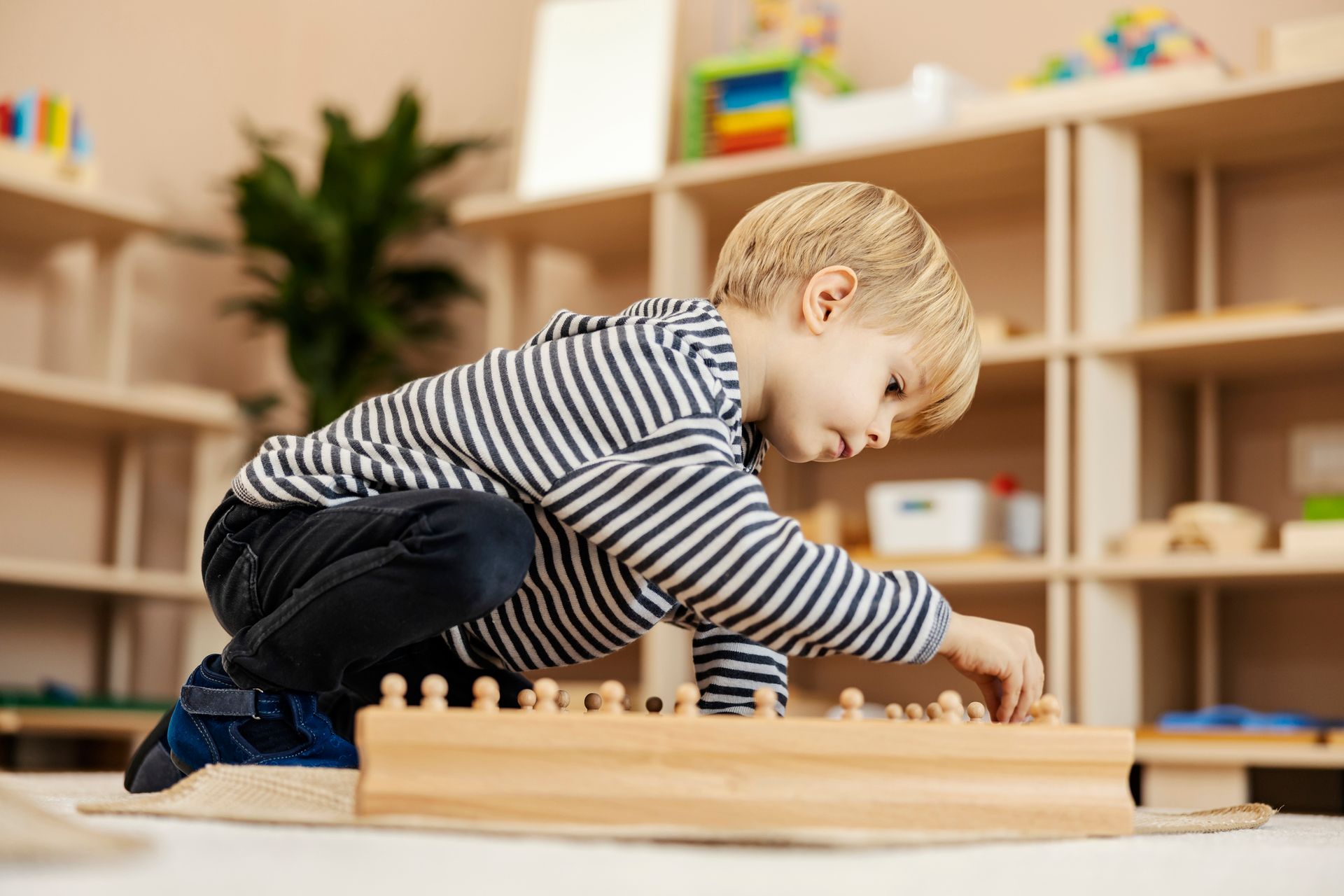
What are the differences between Montessori and Reggio Emilia?
Montessori and Reggio Emilia are two popular educational philosophies that emphasized child-centered learning and holistic development. While both approaches share some similarities, there are also key differences between them.
Montessori
Montessori education was developed by Dr. Maria Montessori in the early 20th century. It is based on the belief that children are naturally curious and learn best through self-directed exploration. The Montessori approach emphasizes independence, freedom within limits, and the development of practical life skills. The classroom environment is carefully prepared to foster hands-on learning and provide a wide range of materials that promote sensory experiences, fine motor skills and cognitive development.
In a Montessori classroom, children are encouraged to choose their activities from a variety of self-correcting materials. They can work at their own pace and move freely around the classroom. The role of the Montessori teacher is to guide and observe rather than dictate instructions. The focus is on individualized learning, allowing each child to progress at their own rhythm and interests. Montessori education promotes order, concentration and self-discipline.
Reggio Emilia
The Reggio Emilia approach originated in the town of Reggio Emilia, Italy after World War II. It was developed by Loris Malaguzzi and emphasizes the importance of community, collaboration, and the environment of learning. The approach considers children as competent learners and focuses on their interests, imagination, and creativity. The classroom is often referred to as the "third teacher" alongside the teacher and the environment. In the Reggio Emilia approach, the learning environment is considered a significant tool for learning.
Classrooms are designed to be aesthetically pleasing and filled with natural ilht and open spaces. Children's artwork and projects are prominently displayed, reflecting their ideas and ongoing exploration. Learning the Reggio Emilia approach is project-based and emergent. Teachers act as facilitators, encouraging children to ask questions, investigate, and engage in collaborative problem-solving. Documentation of children's work is emphasized, and parents are actively involved in their child's learning process.
Key Differences
While both Montessori and Reggio Emilia approaches share common principles, they differ in several ways. Montessori education emphasizes individualized learning, self-correction and practical life skills. In contrast, the Reggio Emilia approach focuses on collaborative learning, creativity, and the integration of art into the curriculum. Montessori classrooms typically have a more structured and ordered environment, while Reggio Emilia classrooms embrace a more open and visually stimulating atmosphere. Both methods prioritize child-centered learning, independence and the development of critical thinking. By understanding their differences, parents and educators can make informed choices based on the needs and preferences of their children. Whether one chooses Montessori or the Reggio Emilia approach, both methods aim to create nurturing environments that inspire children to become lifelong learners, explorers and problem solvers.
In Summary
Reggio Emilia Approach
- Emphasizes community and collaboration.
- Views the learning environment as the "third teacher."
- Promotes creativity, imagination and self-expression.
- Learning is project-based and emergent.
- Teachers act as facilitators and guides.
- Documentation of children's work is a central focus.
- Parents are actively involved in their child's learning process.
- Classrooms are visually stimulating and aesthetically pleasing.
Montessori Education
- Focuses on individualized learning.
- Emphasizes self-directed exploration and independence.
- Development of practical life skills is a priority.
- Classroom environment is structured and ordered.
- Materials are carefully designed for hands-on learning.
- Children can work at their own pace and choose activities freely.
- Teachers observe and guide rather than dictate instructions.
- Promotes order, concentration and self-discipline.


